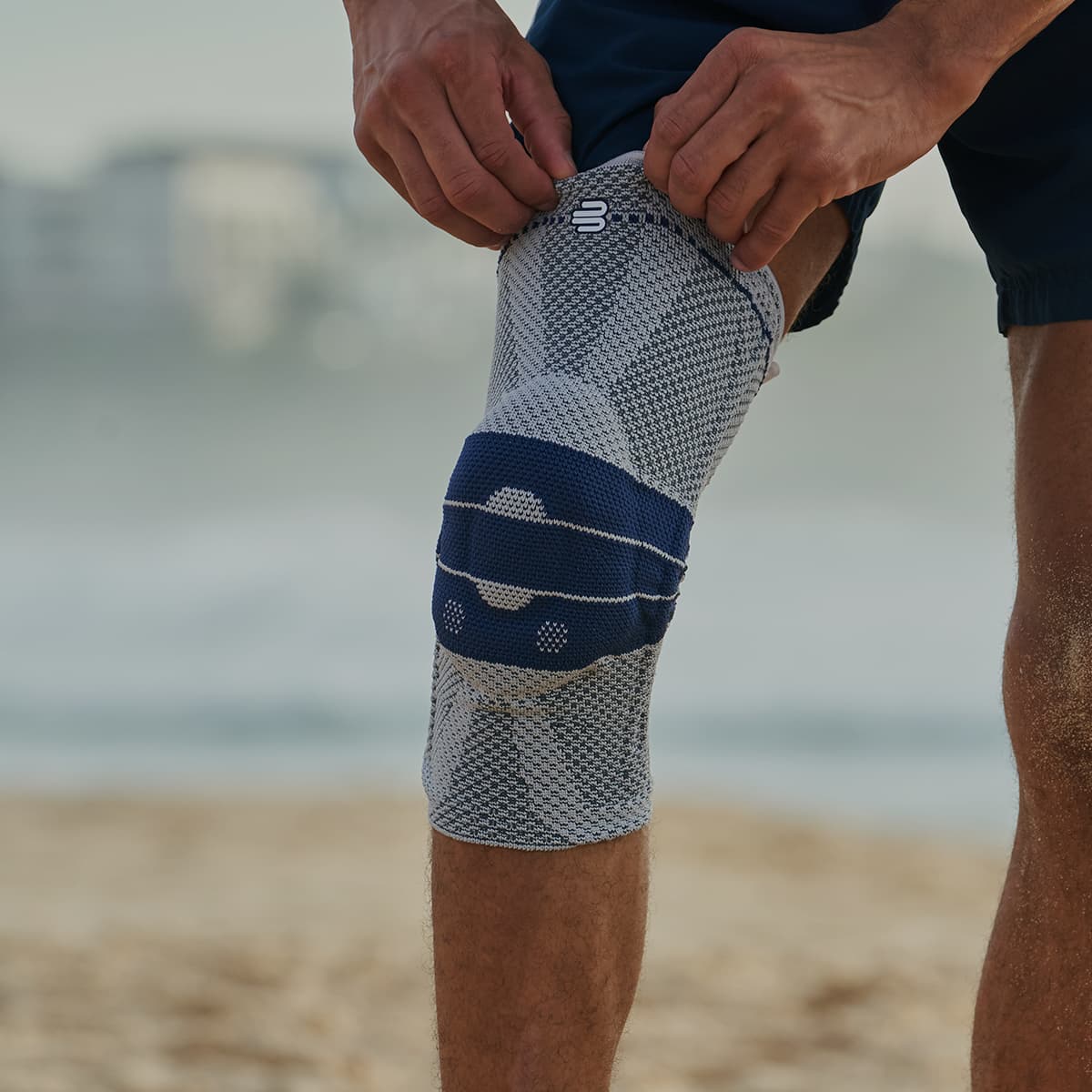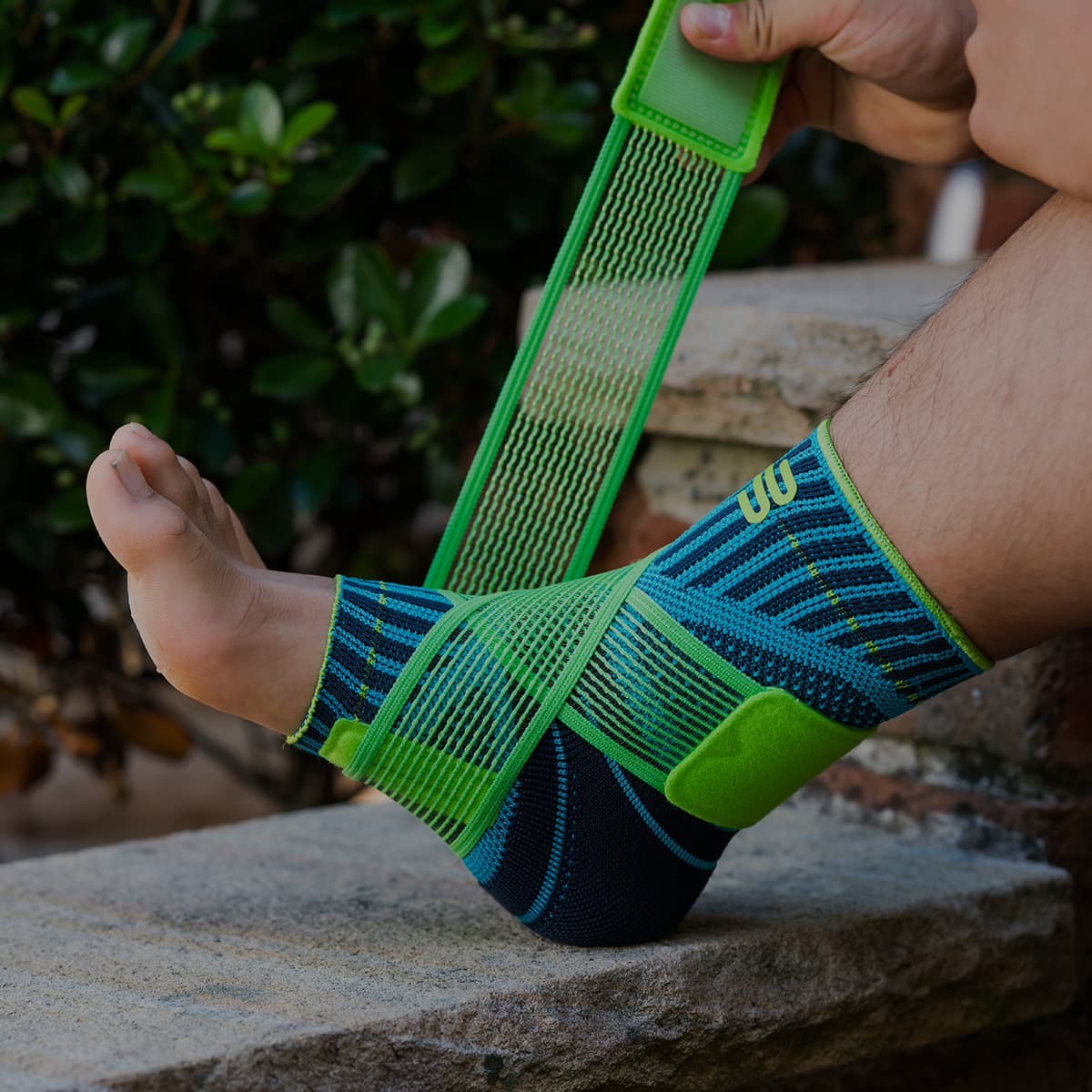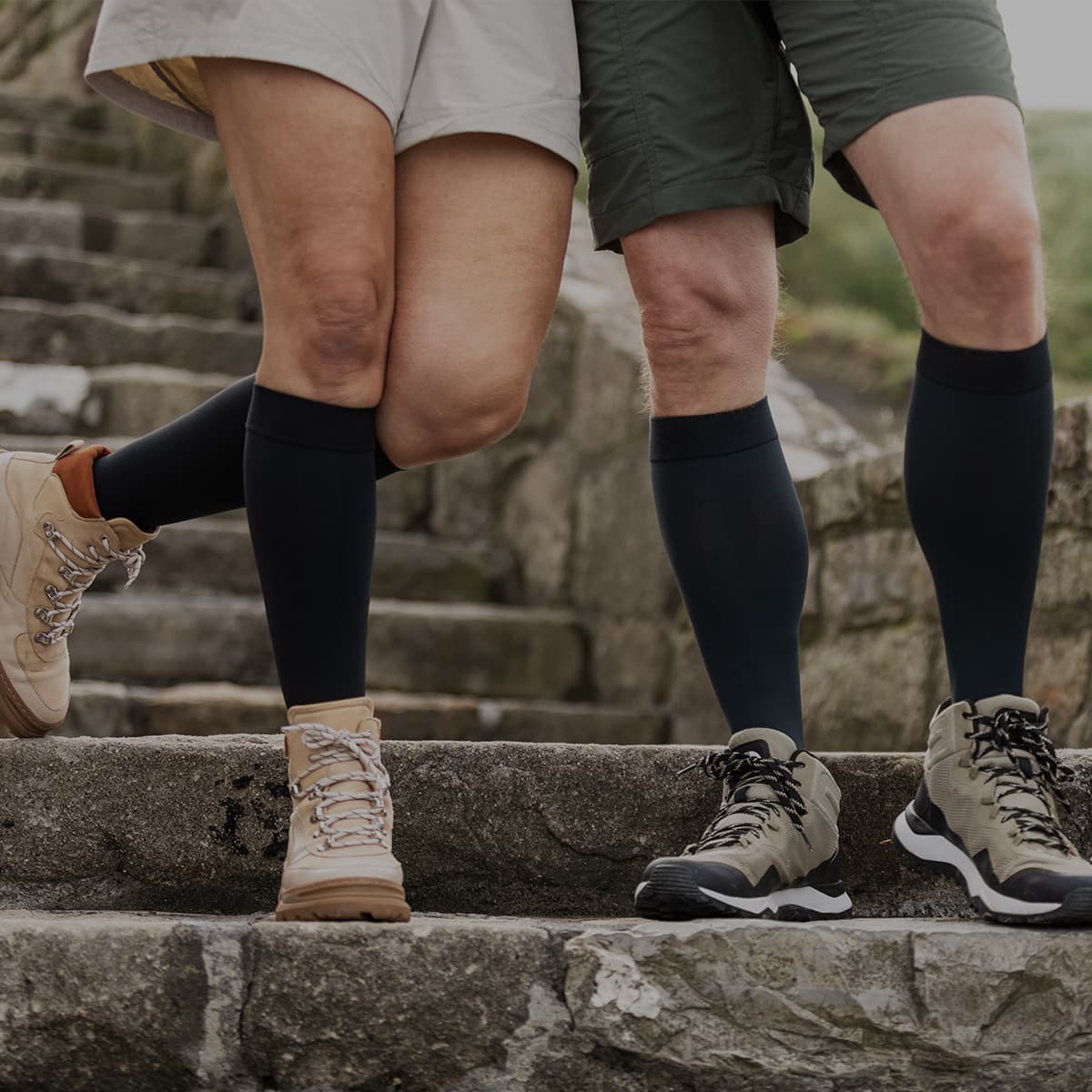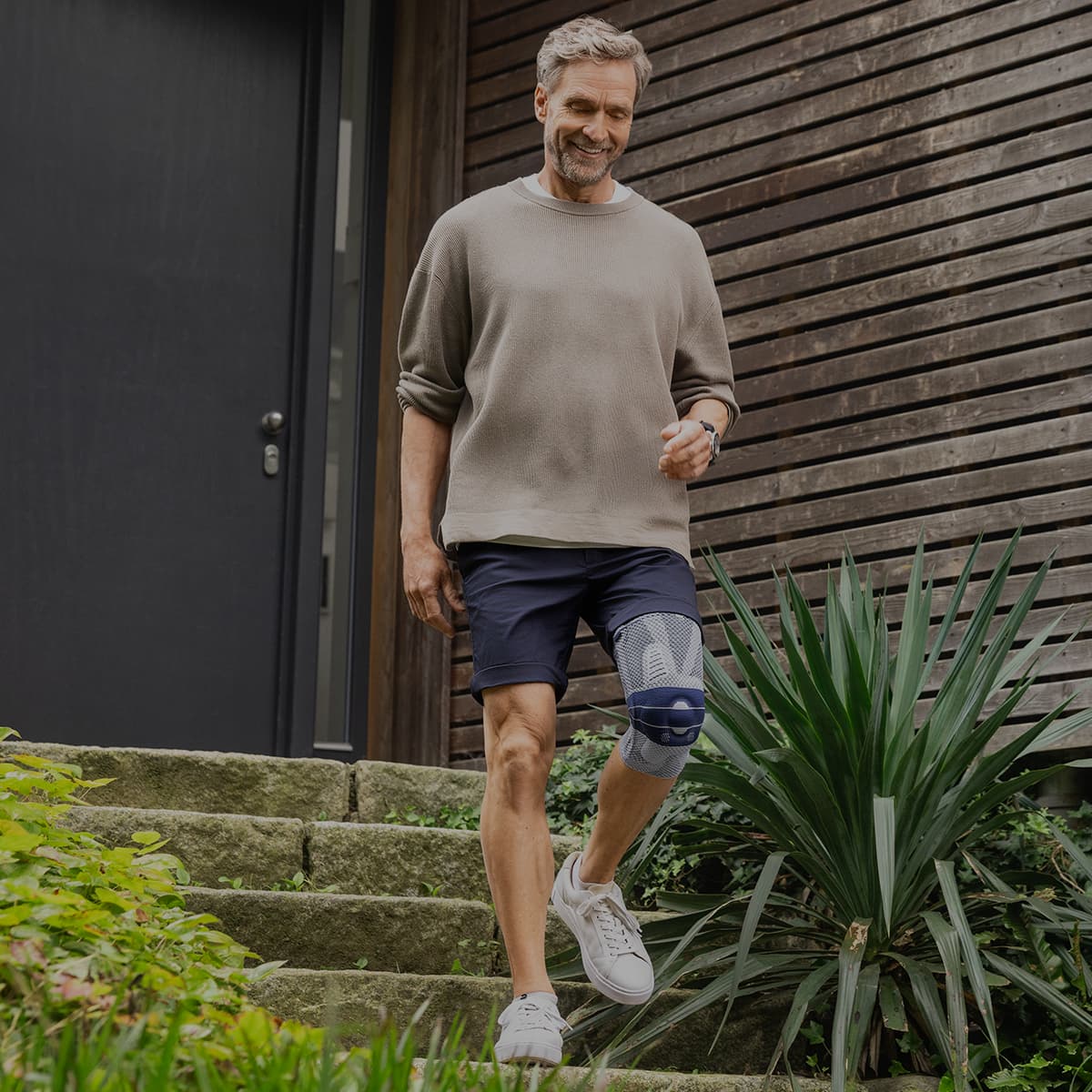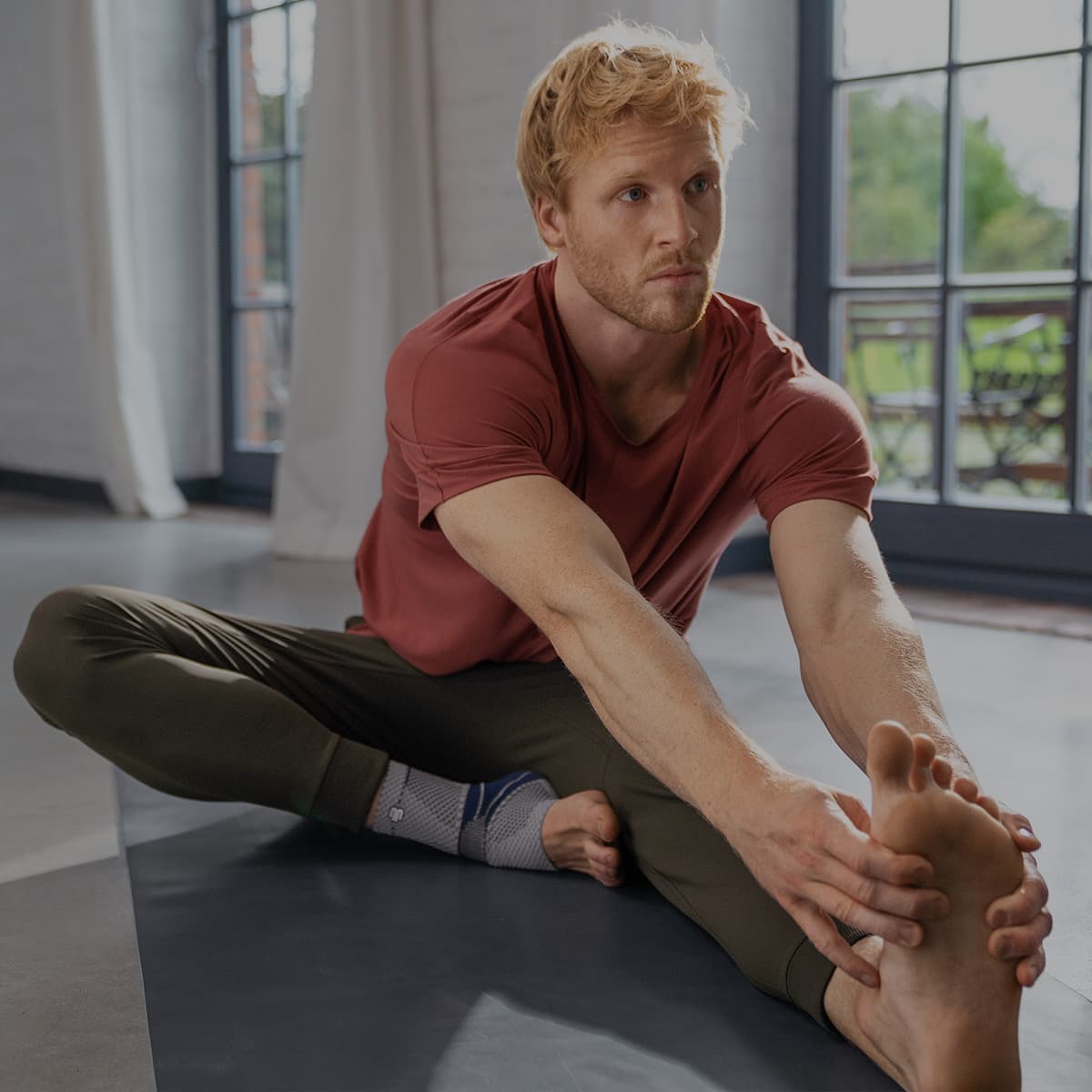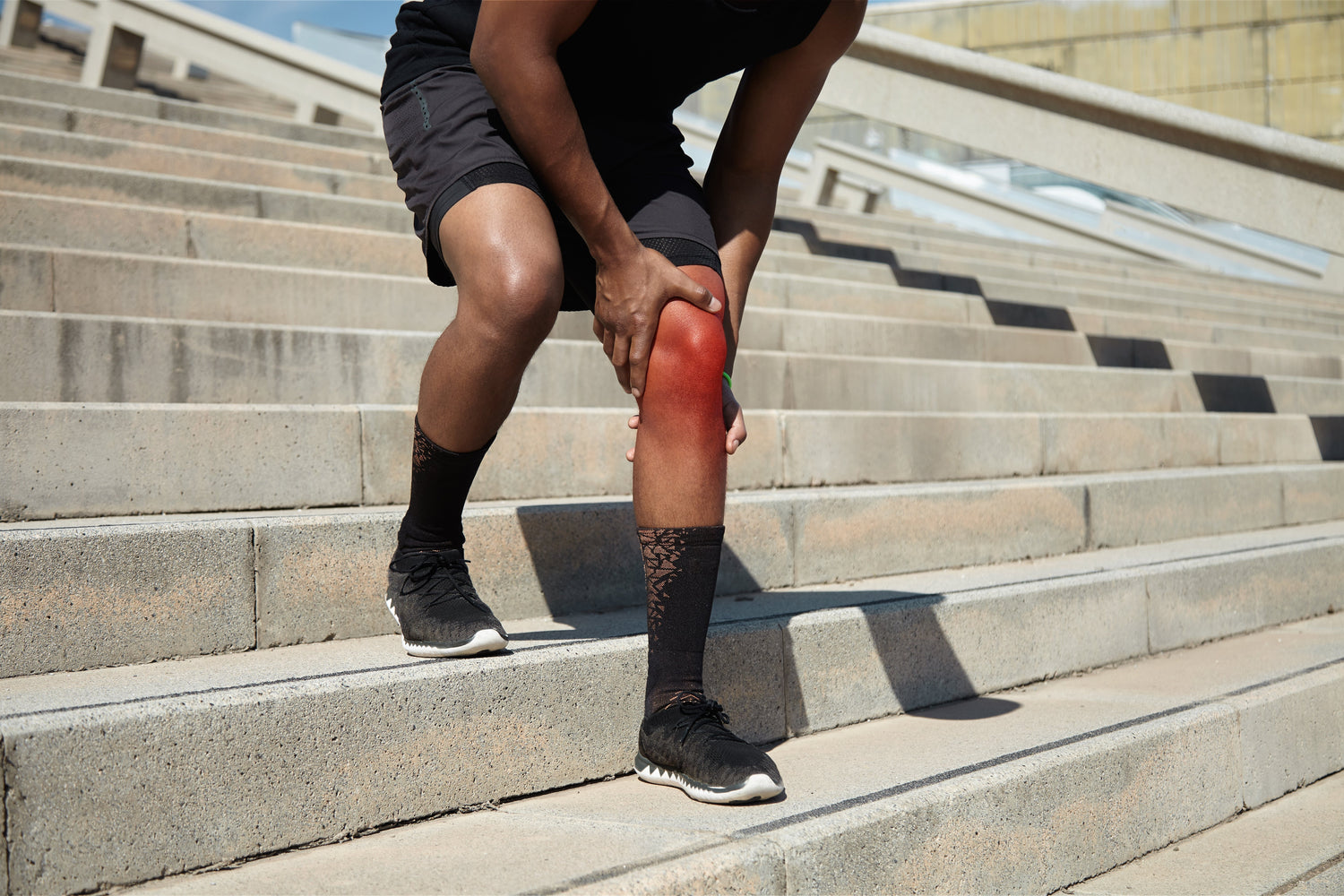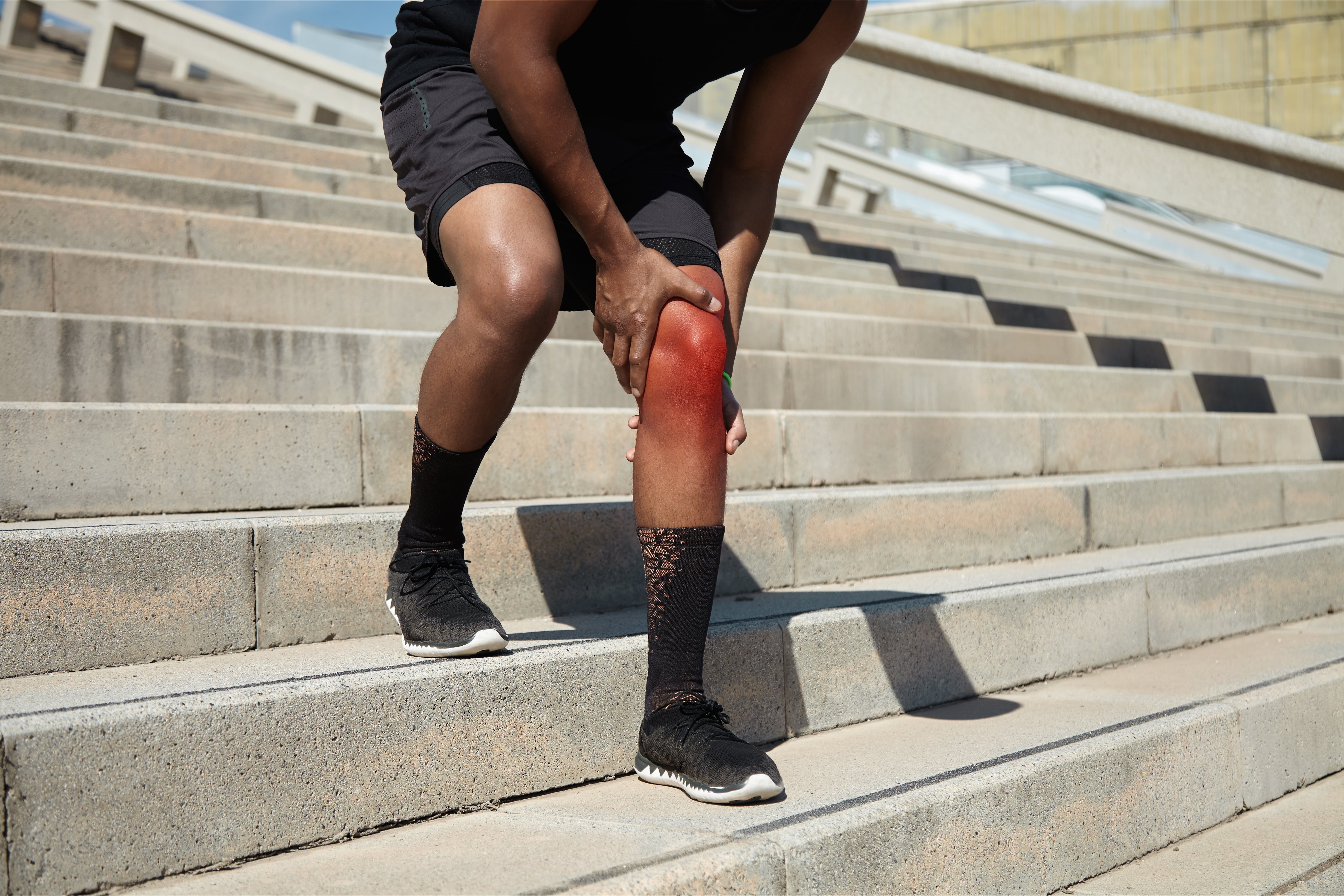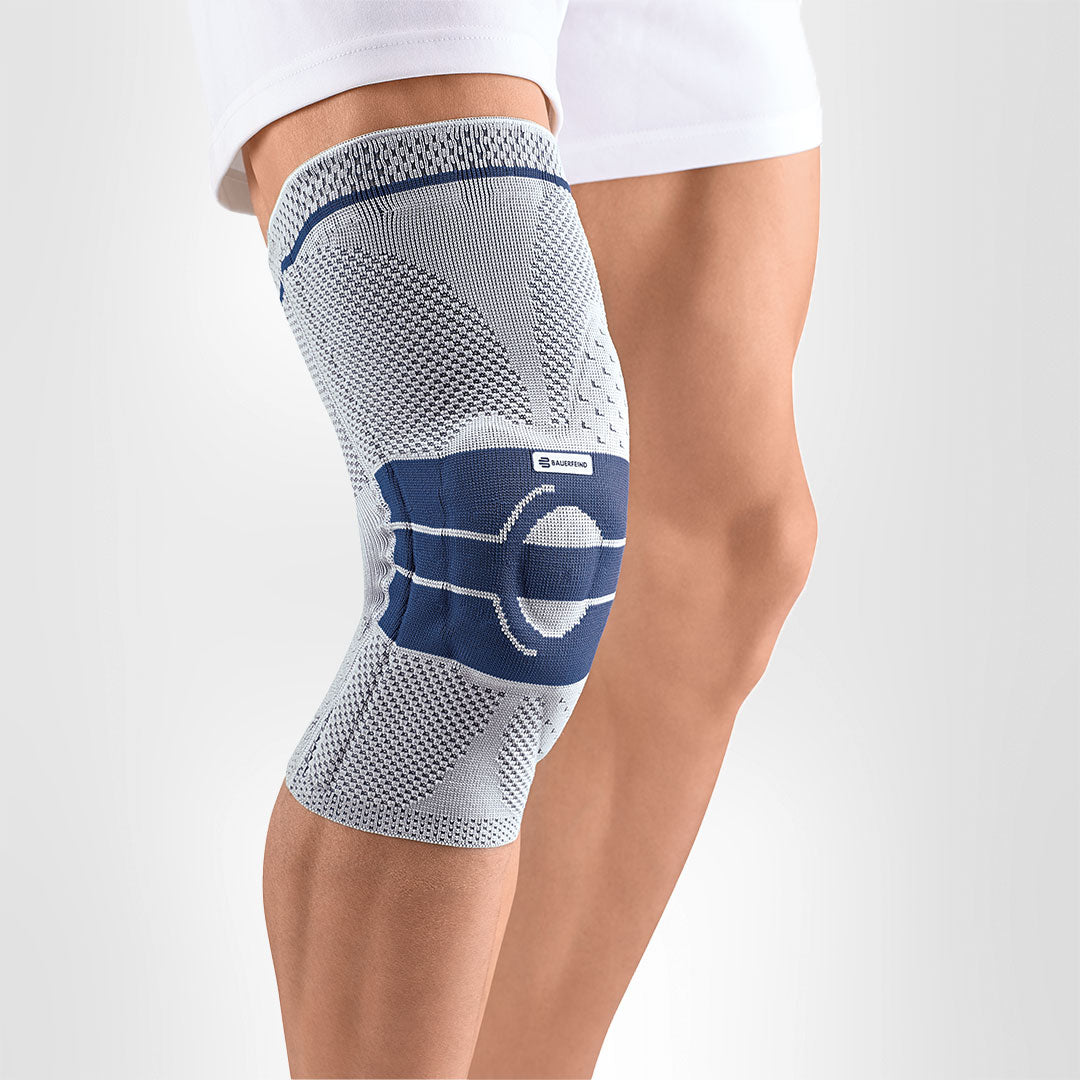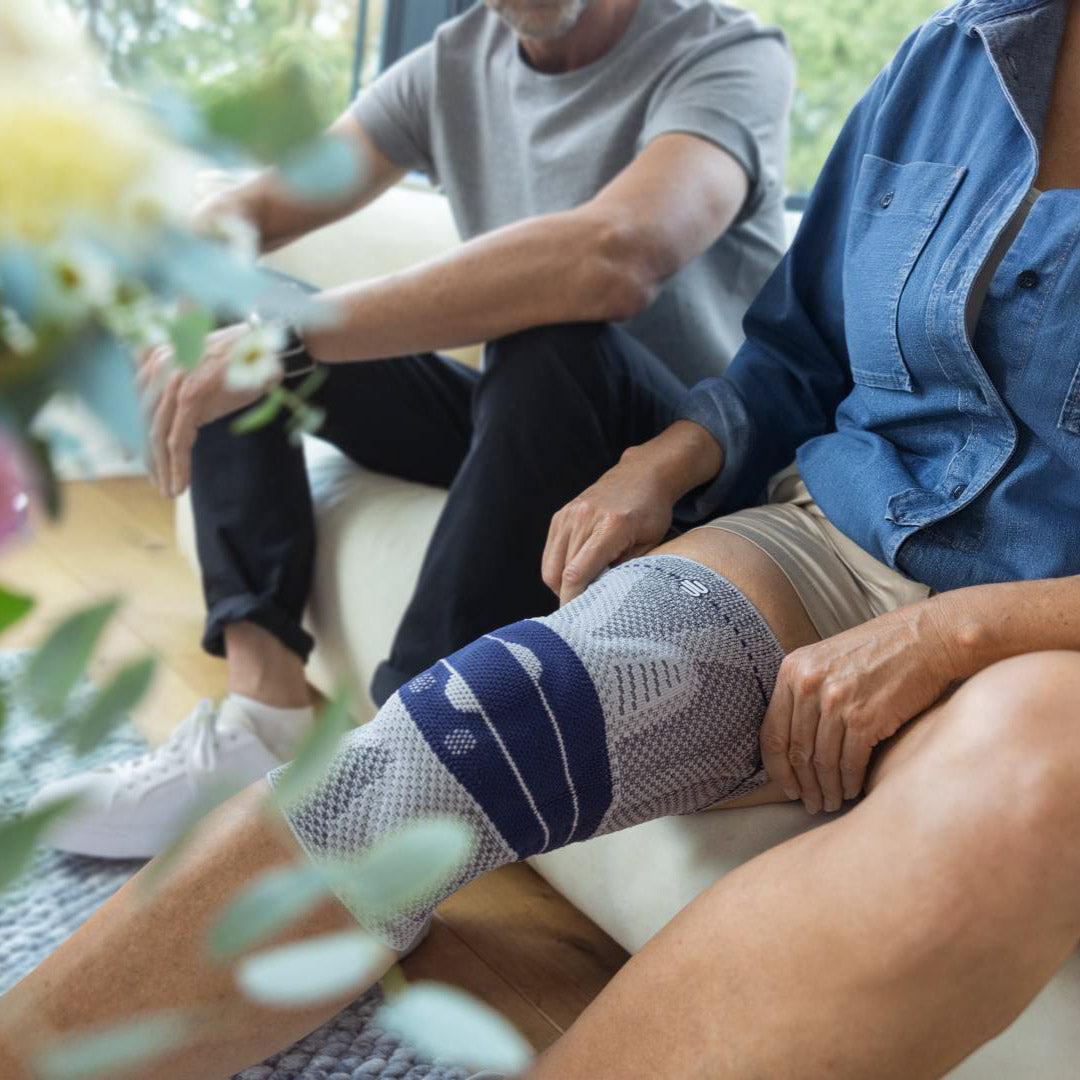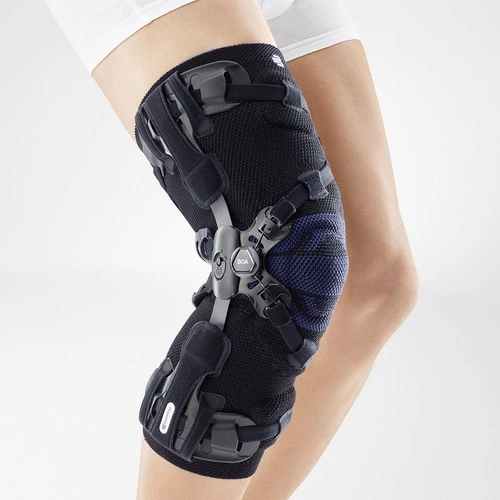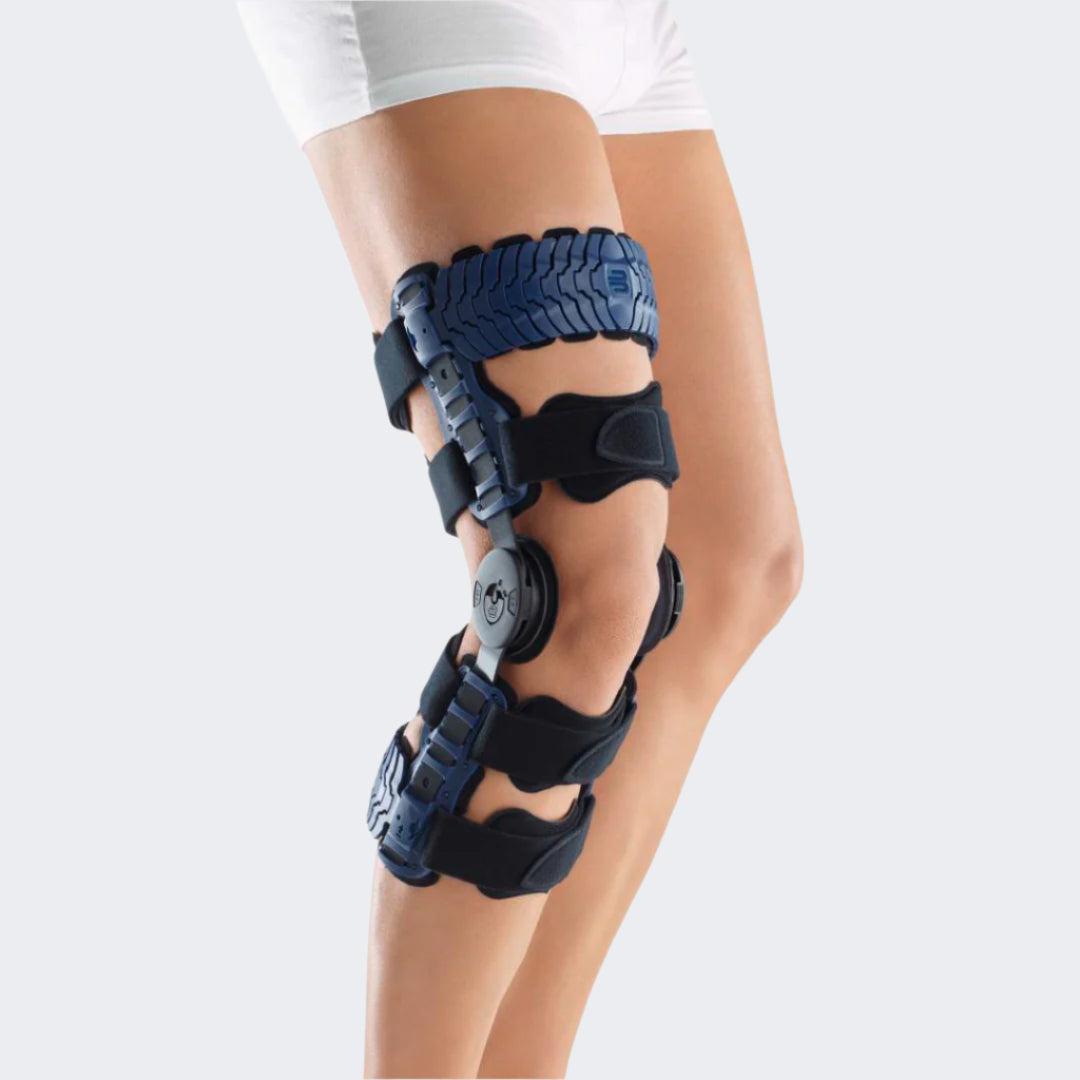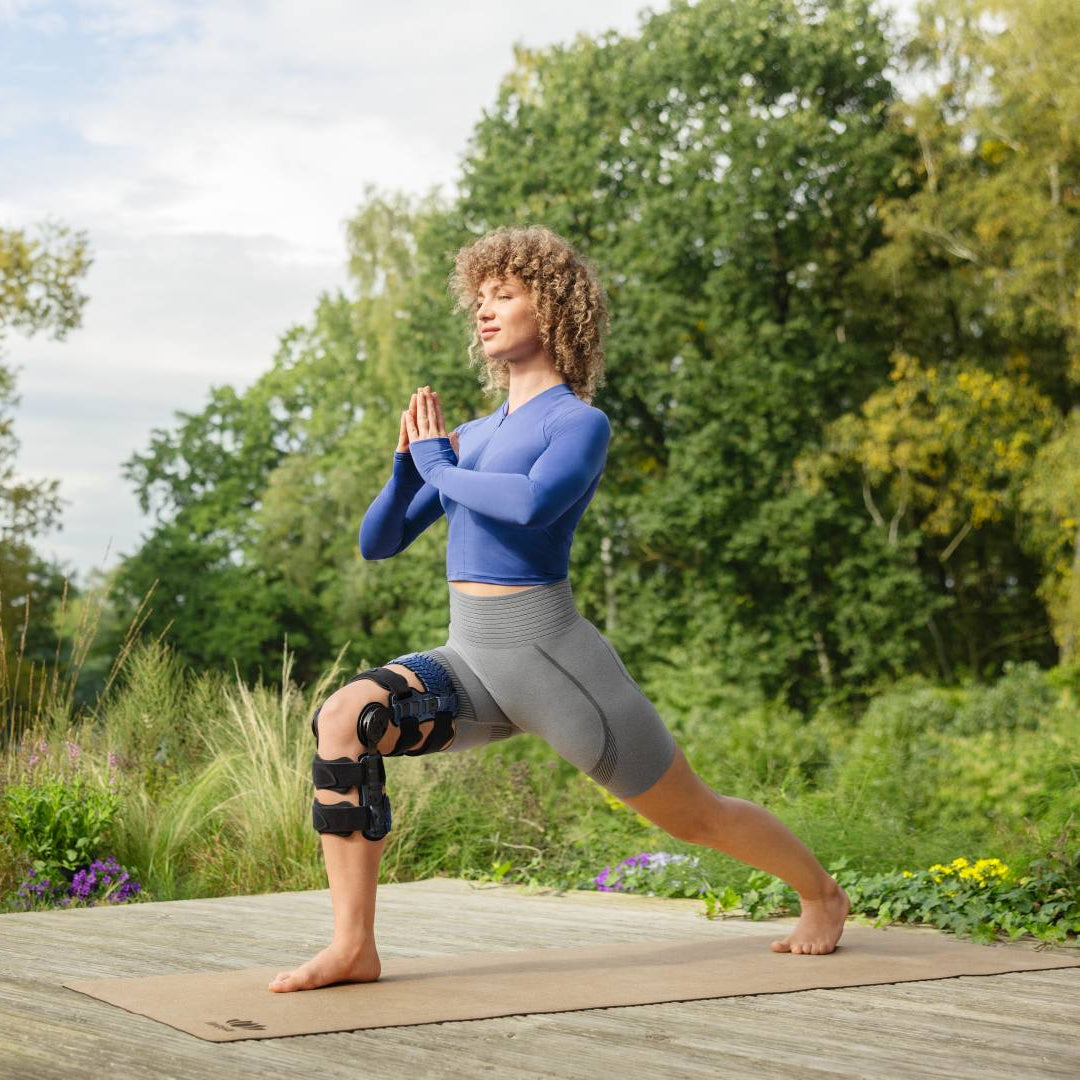Although many types of knee pain are not permanent, other types of pain can last for a very long time. For example, arthritic pain worsens over time. Such pain can radically change your daily life.
Chronic pain can be debilitating, cause anxiety and stress, and affect your work and daily activities. It can even affect relationships. People will try so many options to manage pain, such as buy a knee brace and even surgery.
What is Chronic Knee Pain?
Chronic pain is pain or an ache that never goes away. When you feel constant pain in your knee that worsens when you are using your knee, or as a dull ache when at rest, you have chronic knee pain.
The most common cause of chronic knee pain - arthritis
There can be several causes of chronic pain in the knee, but the most common is arthritis. Arthritis is inflammation of the body’s joints. Although any joint can be affected by arthritis, the most common joint is the knee. Knee arthritis causes pain, swelling, and stiffness, making movement difficult.
There are two most known types of arthritis:
- Osteoarthritis is a degenerative condition that results from normal “wear and tear” of the joints. The cartilage located in the knee joint slowly wears away, reducing the protective space between bones. Friction between bones can be very painful. This type of arthritis develops gradually. The pain worsens as time passes.
- Rheumatoid Arthritis, or RA, is an autoimmune disease that attacks joints throughout the body. An autoimmune disease means that the body’s immune system attacks the body’s tissues and organs, including bone. The stiffness and pain are due to the swelling of the synovial membrane, which covers the knee joint.
Arthritis has no cure, although treatment options are available. Using support devices, such as a Bauerfeind knee brace, can help manage pain.
Managing Chronic Pain in the Knee
Many people struggle daily with knee pain. It can be very frustrating when the most common advice of resting, putting ice on, compressing, and elevating the knee does not help. However, there are some strategies that one can use to manage chronic knee pain while remaining active.
Managing weight
When the knees have to support additional weight, the pressure on the knee increases, and so does the pain. Being able to manage a healthy weight will help ease the load the knees need to carry. Any weight loss will help alleviate discomfort and pain.
Using assistive devices for knee support
Assistive devices like shock-absorbing inserts or shoes, a cane, or wearing a brace or a compression sleeve may help. Doctors commonly recommend using a knee brace for people suffering from knee injuries that require structural support. A well-fitted knee brace is also usually recommended for people who experience arthritic pain in their knees.
Bauerfeind knee brace is designed to provide targeted compression in different areas around the knee joint, improving joint stabilisation. It can also help control swelling and pain and provide general support.
Physical therapy
Physiotherapy can also manage knee pain. Regular therapy helps strengthen the muscles around the knee, enabling better stability and motion.
Medication
OTC or over-the-counter pain medications may help to ease the pain. Some people prefer using medicated patches or rubbing medicated creams on the knee for relief. In some cases, when the pain is particularly severe, doctors may prescribe more potent pain medications.
Corticosteroid injections
These injections can help to reduce swelling and pain.
Although chronic knee pain may make your life difficult at times, there are ways of living with it and managing it. With proper guidance, you will be able to live an active life.

